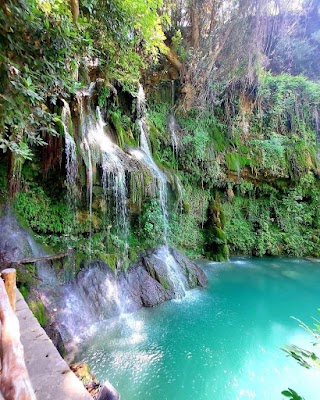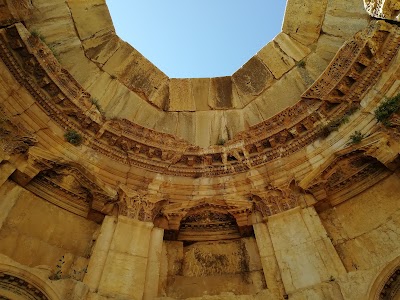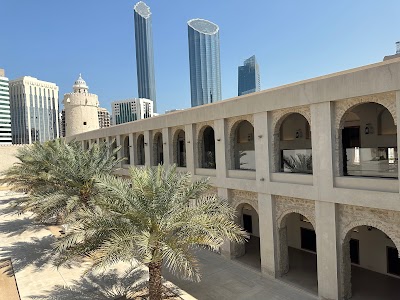Temple of Jupiter (معبد جوبيتر)
Related Places
Overview
The Temple of Jupiter in Baalbek-Hermel, Lebanon, stands as a stunning testament to ancient Roman architecture and engineering marvels. Constructed during the height of the Roman Empire, it is part of the larger complex known as Heliopolis, or the City of the Sun. This magnificent temple was built to demonstrate Roman dominance and architectural prowess, reflecting their cultural values and the significance they placed on their deities.
The construction of the temple commenced in the 1st century AD and spanned approximately 200 years. Roman engineers and architects meticulously designed and oversaw the project, ensuring that every detail met the grandeur expected of such a monumental structure. Dedicated to Jupiter, the king of the Roman gods and counterpart to the Greek god Zeus, the temple encapsulated the Romans' ambition to impress their authority upon the lands they had conquered.
What makes the Temple of Jupiter truly remarkable is its use of massive stone blocks, some weighing as much as 800 tons. These blocks were quarried from nearby sites and transported with extraordinary engineering skill. The feat of moving and precisely placing such enormous stones is considered one of the ancient world’s most impressive technical achievements, showcasing the ingenuity of Roman builders.
Elevated on a podium that rises 7 meters high, the temple commands a striking view of the surrounding landscape. The base structure is composed of intricately arranged stones that have endured the ravages of time. Towering columns, originally reaching about 20 meters high, were erected atop this elevated base, each adorned with ornate Corinthian capitals that reflect the sophistication of Roman architectural design.
Visitors are greeted by a grand staircase leading up to the main platform, flanked by an imposing portico of columns that creates a breathtaking first impression. Upon entering the main courtyard, one is enveloped by a colonnade that forms a serene, enclosed space adorned with reliefs and inscriptions dedicated to Jupiter and other Roman deities, immersing visitors in the temple’s rich history.
Inside, the temple features an ornate altar used for sacrifices and offerings to Jupiter. Behind this altar stood a magnificent statue of Jupiter, capturing his divine essence. This inner sanctum was deemed one of the most sacred areas, accessible only to high priests and select individuals chosen for ceremonial purposes, adding an air of exclusivity and reverence to the temple.
The primary material used in the construction was limestone, readily available in the region, while key features of the structure were enhanced with exquisite marble imported from Italy. This incorporation of diverse materials not only beautified the temple but also highlighted the extensive reach and influence of Roman culture.
Over the centuries, the Temple of Jupiter has faced its share of challenges, including natural disasters such as earthquakes and the impacts of human intervention and invasions. Despite these adversities, many parts of the temple still stand today, a testament to the exceptional craftsmanship and durability of Roman engineering.
Today, the Temple of Jupiter is recognized as a UNESCO World Heritage site and serves as a major tourist attraction, inviting history enthusiasts and scholars from around the globe. Its ruins tell a story of the architectural and cultural zenith of the Roman Empire, inspiring awe and wonder in all who visit.
In essence, the Temple of Jupiter in Baalbek-Hermel encapsulates the grandeur of ancient civilizations and remains a striking symbol of Rome’s extensive historical and cultural impact on Lebanon. Its majestic ruins continue to capture the imagination, standing as a reminder of a remarkable past that still resonates in the present.









